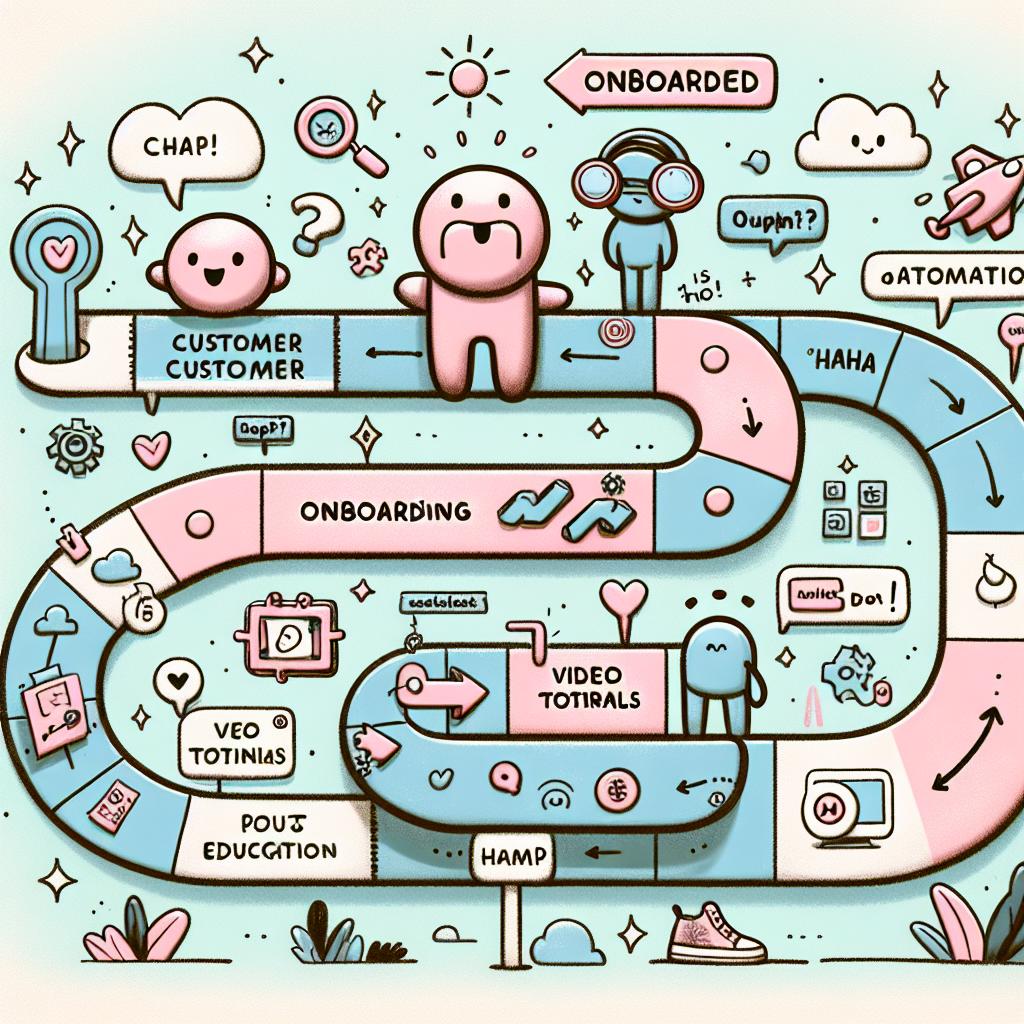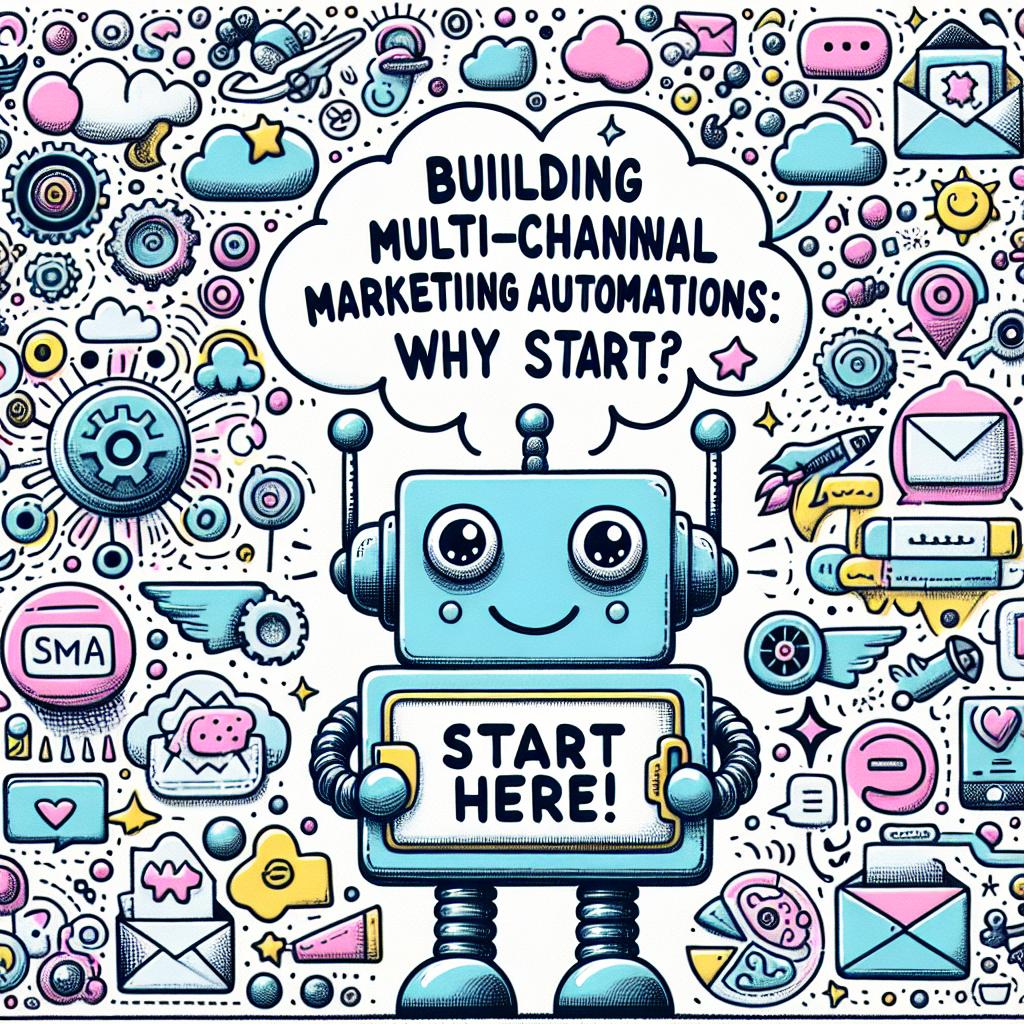TL;DR:
- Automated payment reminders send scheduled alerts via email/text to reduce late payments and save time.
- Manual reminders are prone to errors and waste hours; automation improves accuracy and efficiency.
- Automating reminders can cut late invoices by up to 40% in one month.
- Suggested reminder timing: 4 days before due, on the due date, and 5 days after due.
- Top tools: Zoho Invoice (solo use), Invoice Ninja (basic), Wave (free, small teams), QuickBooks, FreshBooks, Xero (growing businesses), Chargebee (recurring billing).
- Must-have features: alerts, system syncing, reporting, and tone customization.
- Real results: 63% of bills paid within a week (QuickBooks), 74% fewer unpaid invoices (FreshBooks), 25% faster replies via text.
- Case studies show improved on-time payments (law firm, urology clinic).
Tired of chasing late payments and wasting hours on follow-up emails? You’re not alone. Many small-business owners lose money and time this way—when both could be saved. At AMP Titans, I help you set up smart, simple systems that send reminders for you.
In this post, I’ll show you how to set up automated payment reminders, why they work, and which tools to trust—so you can focus on growth.
What Are Automated Payment Reminder Systems?
Automated payment reminders are tools that send alerts when a bill is due. You set the rules once, and the system takes care of the rest. These messages go out by text, email, or app without you doing it each time.
The system connects to billing tools and tracks invoice dates. It sends alerts before and after the due date so clients don't forget. This keeps you out of awkward talks and saves you time.
For example, you can set it to remind clients three days before the due date, on the due date, and again two days after. Every alert is on time and helps avoid missed payments.
Why Use Automation Instead of Manual Reminders?
Manual reminders mean chasing people, tracking due dates, and sending messages by hand. It takes hours, and mistakes are easy to make. You might forget a due date or send the wrong message.
Automated tools fix this. You create a message one time. The system fills in names, dates, and amounts—and sends it on schedule. No more errors, missed emails, or endless checkups.
I’ve seen clients cut late invoices by 40% in the first month just by switching to automated alerts. The tone stays friendly, the messages are clear, and clients pay faster. That saves time, lowers stress, and helps cash flow.
How to Set Up Your Automated Payment Reminders
Setting up an automated system is easier than you think. Follow these steps to get started:
Step 1: Pick Your Tool
Start with software that fits your needs. Good free tools include Zoho Invoice, Invoice Ninja, and Wave. For more features, try QuickBooks, FreshBooks, or Xero.
Step 2: Connect Your Billing System
If you use all-in-one software (like QuickBooks), turn reminders on in your settings. If not, use Zapier to connect your billing tool and email app.
Step 3: Write Clear Messages
Keep it short and polite. Add the invoice number, amount, due date, and a payment link. Set up three types of messages:
- Early (before due)
- Due day
- Late reminder
Step 4: Set a Reminder Schedule
Use a simple plan like:
- 4 days before due
- On due date
- 5 days after due
Step 5: Test Your Setup
Use fake data to make sure everything works. Check links, times, and message style. Make sure alerts stop once the bill is paid.
Which Reminder Tools Work Best?
The right tool depends on your business size and goals:
- Zoho Invoice: Great for solo users
- Invoice Ninja: Simple and supports basic needs
- Wave: Easy to use, free, and built for small teams
- QuickBooks: Full features and strong reports
- FreshBooks: Easy tracking and great for service work
- Xero: Clean layout, great for growth
- Chargebee: Ideal for recurring billing
Key features to look for:
- Email and text alerts
- Auto-sync with bank or billing app
- Alert reports and reminder logs
- Branded messages and flexible tone
Test a few tools for 1–2 weeks. See which one sends alerts on time and fits your style. Pick the tool that works with your flow—not against it.
Do Automated Reminders Really Work? The Proof Is in the Data
Real numbers show clear gains:
- A QuickBooks study showed 63% of late bills were paid within a week of a reminder.
- FreshBooks saw up to 74% fewer unpaid invoices with reminders.
- Clients using text alerts got 25% faster replies than email alone.
What matters most? Timing, tone, and tracking. Set up reports and check metrics like open rates, click-throughs, and days to pay.
Example: A small law firm improved on-time payments from 72% to 89% in two months after automating reminders. A urology clinic saw late bills drop by 27%, freeing time for more patient care.
Track changes month by month. Tweak what doesn't work. Use these systems not just to send alerts—but to grow trust and speed up payments.
Late payments drain time and cash. Manual reminders slow you down. In this post, I showed how to fix that.
You learned what automated payment reminders are and why they work. I gave setup steps, shared pro tips, and compared top tools. Stats show automation gets you paid faster. Better yet, it frees you to focus on growth, not chasing checks.
If you want fewer headaches and more control, smart systems are the way to go. Start small, test well, and track your wins.
Ready to stop wasting time chasing down payments? Let’s build a system that does the follow-up for you—accurately, automatically, and on time. At AMP Titans, I’ll help you put this into action so you can get paid faster and focus on growing your business.
Get started now by contacting AMP Titans through our website: AMP Titans.





